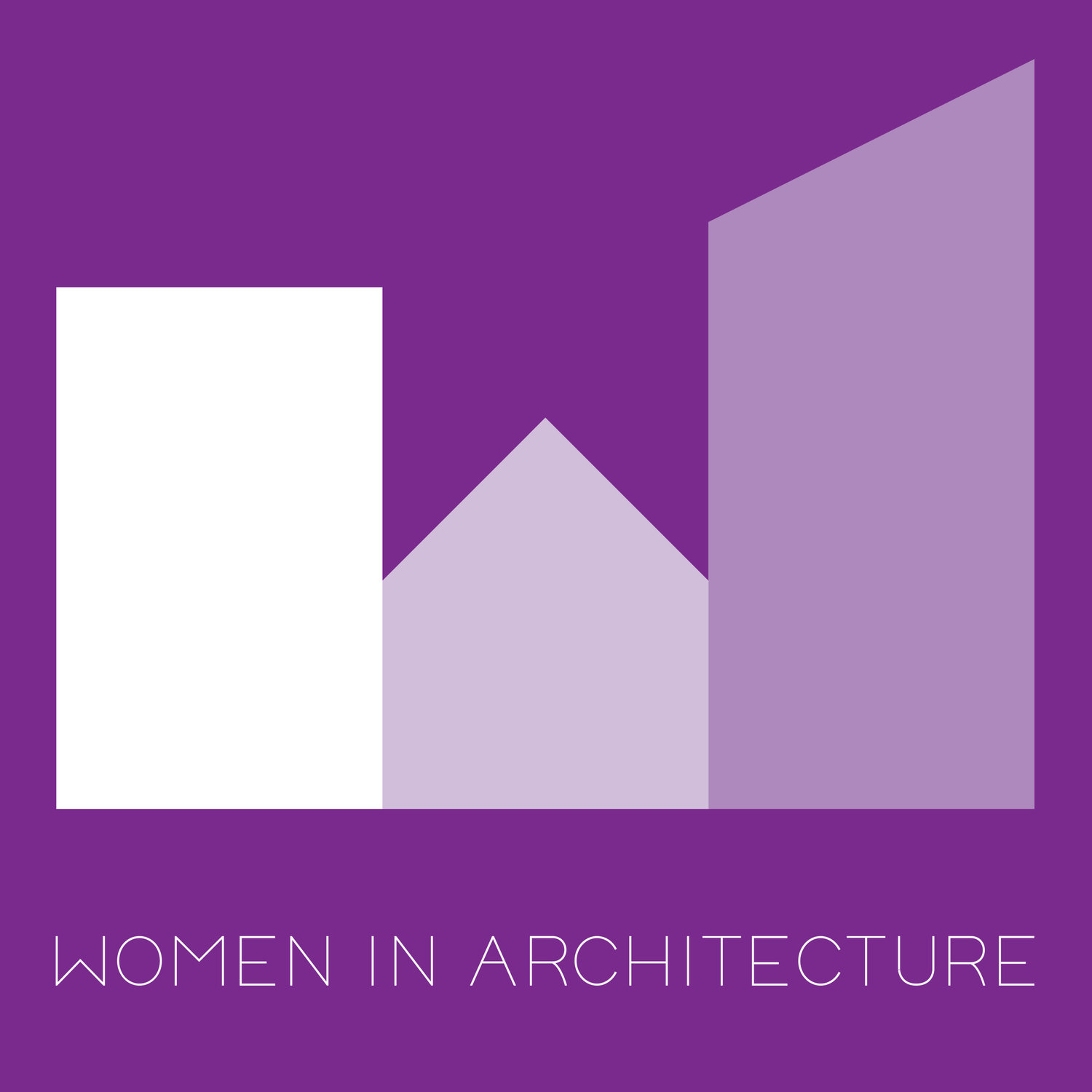AN OPPORTUNITY TO RESET
“If we can glean any positives from the pandemic, it has provided the architectural industry with an opportunity to reset”, says Irina Hughes, Design Advisor for Ibstock Brick.
The newly published findings of the ‘Future of Women in Architecture’ survey, carried out by WiA UK, makes sobering reading indeed for our sector. The findings demonstrate that, even before the onset of COVID-19, women in architecture were facing significant barriers to progress, barriers that have been exacerbated further by the pandemic.
As a female who spent approximately 15 years of my career in architectural practices, the concerns raised were all too familiar. Excessively long hours, mediocre pay in comparison to male counterparts and a difficult work / life balance affects many, especially working mothers. Those same issues raised in the report are the same that led me to leave architecture in favour of a career with a manufacturer nearly five years ago.
Addressing the concerns highlighted by the survey should be a key priority for our industry. With women currently representing around 30% of the UK architectural sector’s workforce, it is vital we find ways to both retain existing talent and ensure young women have the support they need to embark on a career in what is still an incredibly exciting and rewarding arena.
The COVID-19 pandemic undoubtedly increased pressures on the architectural sector, with women, particularly young women, most significantly impacted. Indeed, it was women aged between 20 and 40 in practices who were mostly placed on furlough in the early days of the pandemic, and, even as the sector gradually returns to normality, that same demographic are most likely to be still working reduced hours.
Working mothers in architecture have perhaps been the most acutely impacted in the sector by the pandemic. Personally, balancing childcare with a demanding job was often difficult enough in architecture before the pandemic, but the spread of the virus brought the issue to prominence as never before.
For mothers of school-aged children, the demands of home education added to an already busy working day, with little flexibility given by some employers to help women adjust to this radically different way of working. While the days of lockdown are, for now, behind us, the architectural community must work to address some of the broader issues exacerbated by the pandemic, including undervaluing females in the workforce and precarious job security. Failure to do so could mean we lose a generation of talented women from a sector that badly needs them.
However, if we can glean any positives from the pandemic, it has provided the architectural industry with an opportunity to reset. The drastic changes it brought about in our working lives should serve as a valuable lesson for ensuring more flexibility in our work / life balance moving forwards.
Online meetings and virtual CPDs during the pandemic were a valuable means of staying connected when travel was limited, and we should consider how we can make them part of the working mix in the future. One of the key outcomes from the WiA survey was that a lack of flexibility and balancing childcare with work was limiting career opportunities for women. Therefore, the ability to attend some CPDs online, or conduct some meetings virtually, could be a valuable way of ensuring employees are able to participate fully in the workplace, even when juggling external pressures.
As someone who has moved from an architectural role to a design-led position within a manufacturer, I have unique insight into the benefits, and challenges, of both sides of the coin.
For women in architecture looking to transfer their skills to an adjacent sector, manufacturers have a lot to offer. From competitive pay to more manageable work demands, working manufacturer-side can be every bit as rewarding and creatively challenging as life in an architectural practice. My role as Design Advisor at Ibstock is really the best of both worlds, combining technical knowledge and problem solving so endemic to manufacturers with the creative vision and insight expected of architects.
Manufacturers also have their part to play in supporting women in architecture. As the survey findings highlight, time constraints for architects are often severe, so manufacturers should be focusing on p
As a Design Advisor, I prefer to work alongside architects from the concept stage of a project, recommending the right products from the start allows me to troubleshoot any potential problems at the earliest stage, recommending solutions before they can delay work.
All told, the findings of the WiA survey should give the sector pause for thought. As the architectural industry continues to recover from the impact of COVID, we will need the full ‘buy in’ of the entire workforce. To take advantages of the opportunities to come, the sector should be ensuring women in architecture feel fully enfranchised and supported – not just for now, but always.
Author: Irina Hughes, Design Advisor for Ibstock Brick, sponsor of the The Future of Women in Architecture report.

